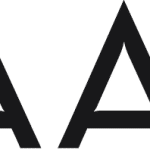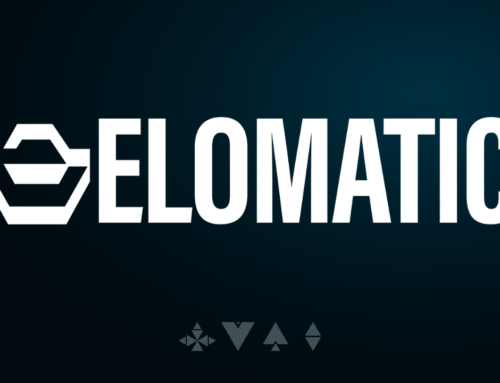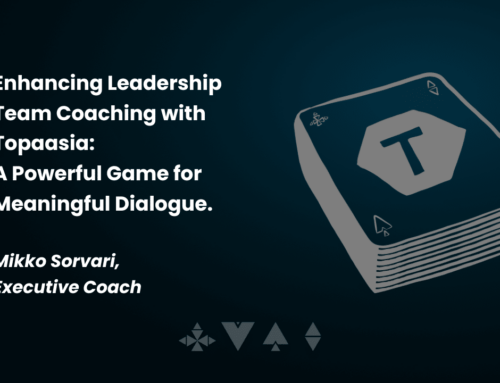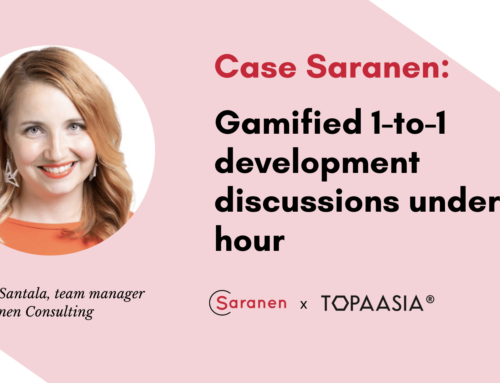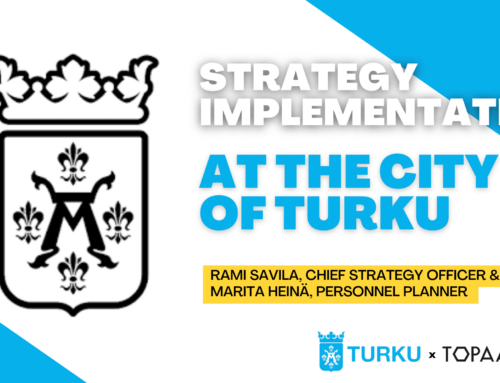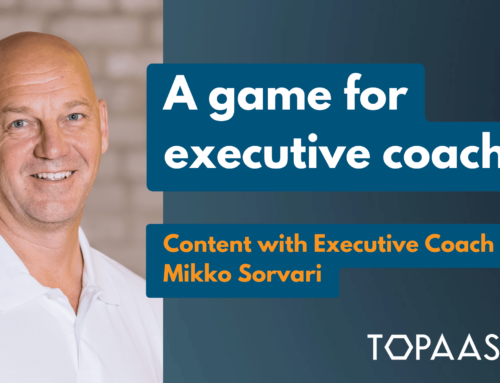Case study: Topaasia as agile leadership tool with Judith Mills Consulting
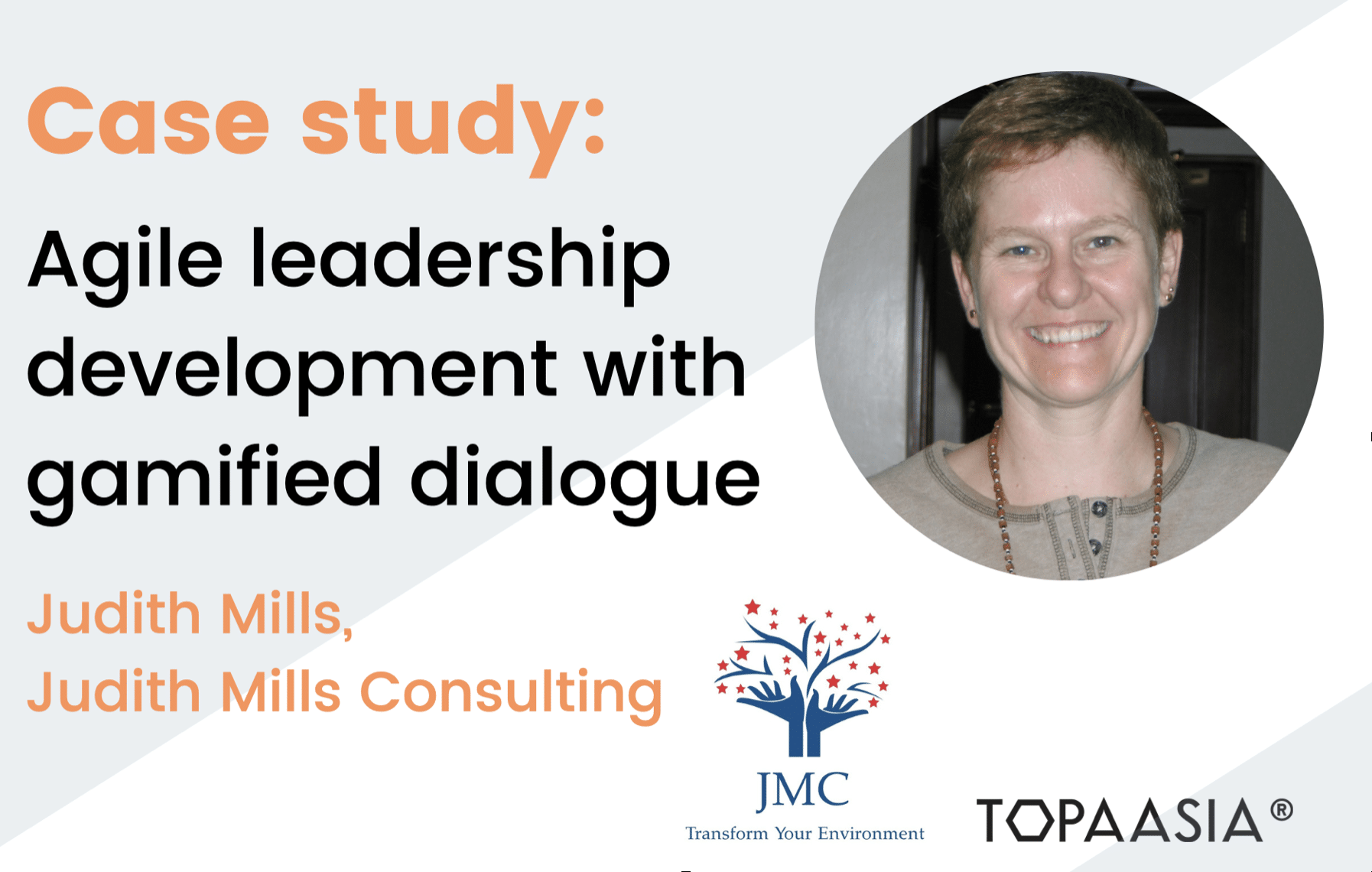
Judith Mills is an agile leadership coach, who believes that agile transformation starts with the organization’s leadership having the right mindset and understanding. Judith Mills Consulting focuses on getting leadership to create an environment in which Scrum can be successful.
How did you end up in the field of agile leadership?
Judith: I was asked to run a PMO for a company that was doing global acquisitions and people were using all different development life cycles, a lot of waterfalls. One of the companies we acquired was using Scrum very successfully and getting products out, so we wanted to model that and get that type of success across the other acquisition companies we had. So as the PMO, I started to really understand how things were tracked, how it worked and why they were having such success. Then I became responsible for rolling Scrum and Kanban for the whole organization in China, India, Europe, United States and South America.
I loved it so much that I decided I wanted to do that for more companies. As I transitioned away from my previous employer, I became a sole practitioner to do that.
You have used Topaasia with your client. What was the situation and what was your role in that situation?
Judith: In our role as leadership coaches and facilitators, we facilitate a strategic workshop for this team of leaders every quarter.
Back when we started the facilitation of their strategy, they were not cohesive as a team, so we spent time training and helping them become a team. We used several things for that: organizational relationship systems coaching, five dysfunctions, speed of trust. We started to dig into how these guys were working together and what kind of culture they were creating.
Each quarter we looked at the leadership and how their behavior penetrated through the organization. They were going through a big shift in how they were organized. As a result of that, the leadership team was struggling. We wanted to understand if that team was still a team, but also what penetration had happened as a result of their understanding of how to be a team throughout the rest of the organization.
Predominantly we thought the best way to do that was using the five behaviors of a cohesive team. If they are exhibiting these behaviors, then the people below them are seeing these behaviors and they become expected in the organization. And then permeate through the rest of the culture in that department. So that department becomes, that was the theory, more cohesive because they are seeing a cohesive leadership group.
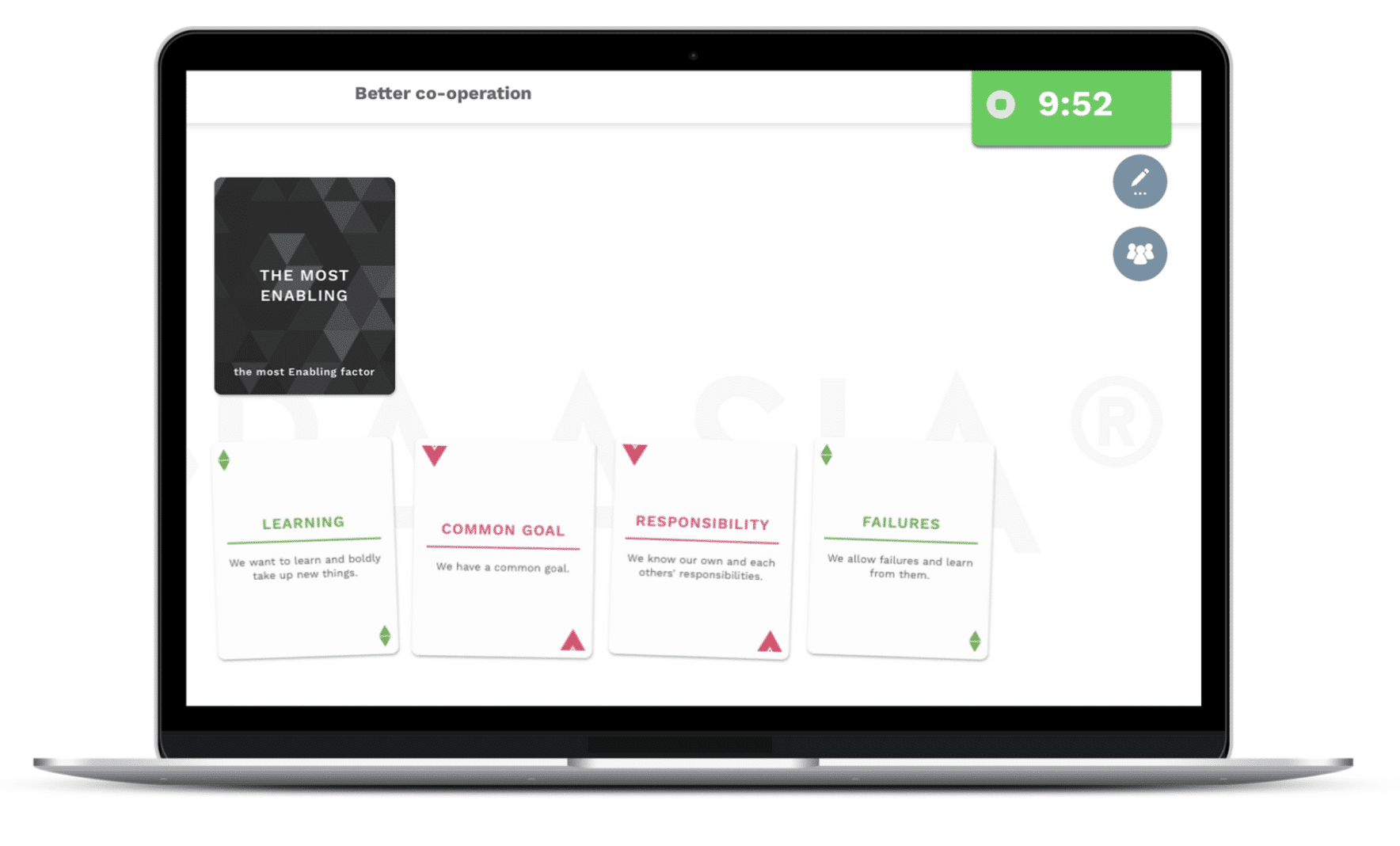
Topaasia is a gamified dialogue tool. It helps teams to have productive conversations about difficult topics.
Where Topaasia fits in this situation?
We wanted to check the team along with the five behaviors, which are trust, accountability, conflict, results, and commitment. We especially focused on four areas: conflict, commitment, accountability and trust. We wanted to see if those four specific things have permeated.
We have been working on the behaviors, for example, healthy conflict and how to do that. How do you have healthy conflict? What does that even mean? What does it mean to different people?
Same with feedback. How do you give feedback in a healthy way? Many people are very uncomfortable giving feedback and they do it very clumsily because they do it in a way that protects them, instead of in a way that helps the person they are giving that feedback to. There is a real fear of conflict. Feedback usually comes out sideways, because people are not comfortable with conflict.
What we did not want to do is just say – oh, do you guys have healthy conflict? They would not say, because they are afraid of conflict. So they are going to say, yes, we have healthy conflict because no one is going to want to say no, we do not have very healthy conflict because that would be a conflict.
So how do you make these conversations safe? How could you have a conversation around these difficult things in a very safe way and also put guardrails around, making sure the conversation is around the difficult topics that you want to have? That’s where Topaasia comes in. It gives you that structure. It enabled us to have four specific topics: trust, commitment, accountability and conflict, and then have discussions around those specific four areas we have worked on. We wanted to know what the team was experiencing and had they seen a shift in behaviors.
That was the idea. The hypothesis was that the area that would be the least penetrated would be commitment, because we had spent a lot of time on trust, conflict, feedback and accountability.
What was the conclusion? What happened?
We ran Topaasia with four distributed teams. Teams had some new people, some people had been there a long time. The feedback was excellent, really good conversation. They loved having the cards to guide them through conversations and they admitted they would not have had without the cards.
The result was amazing to me because in every single team, the top topic they chose for worst, was in commitment. (We had a separate team for the leadership so the teams could have an open conversation).
The conclusion came with no nudging, with no way to guide the conversation. Every single team had commitment as the number one thing that needed to be addressed and that could be addressed better by the executive group.
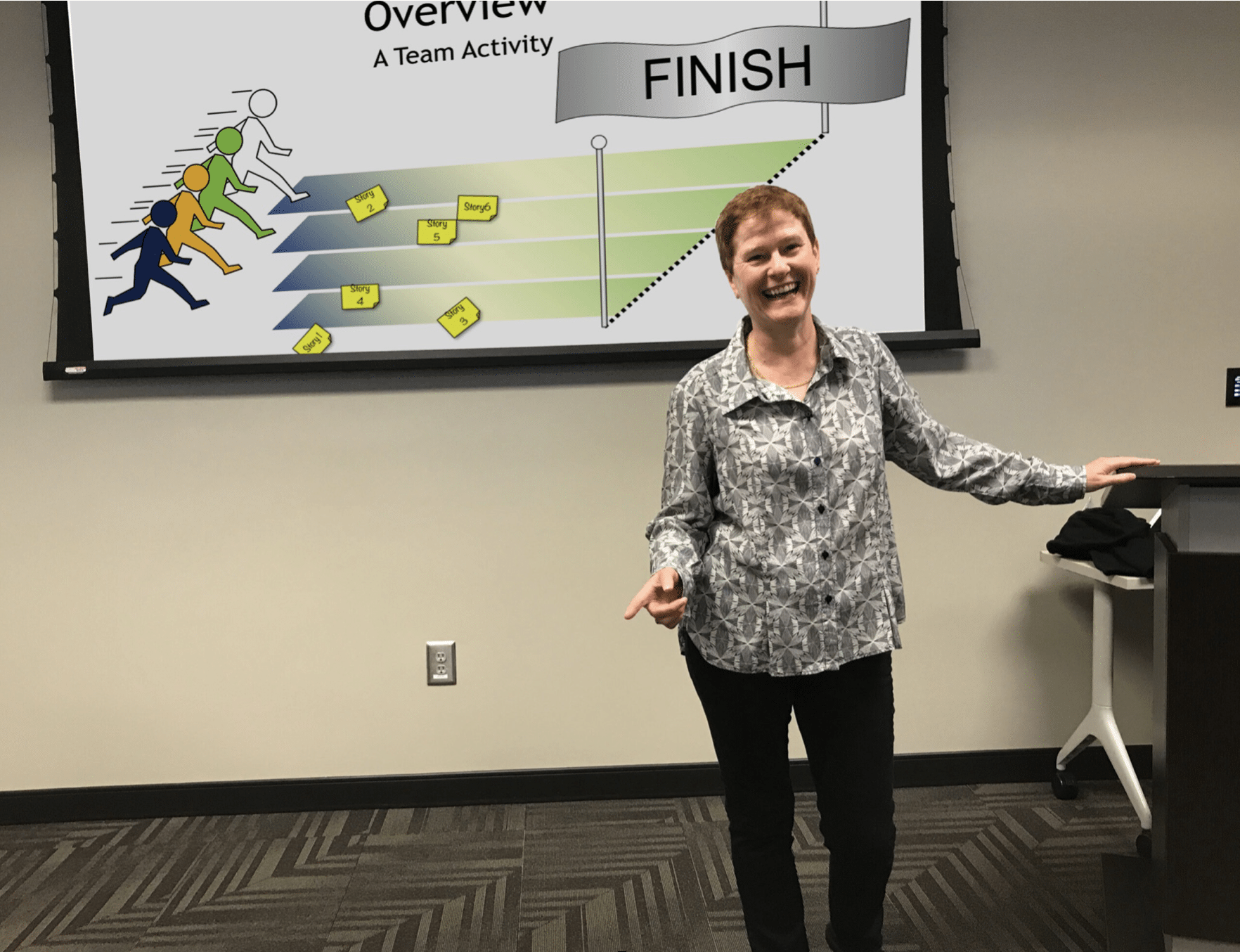
How did you use the information from game sessions with the management and how did they take it?
We did not tell them what the exact cards were because, sometimes cards got played and the team would have a discussion and then they would say – oh, you know, I should not really have played that card, that was no good, so you cannot go by the cards because you have such great discussion around the cards. We did give them an idea of where the cards landed in the four areas we’ve been working on.
We shared that trust was overwhelmingly the highest area, teams felt respected and that people cared about them. They really had a high score there. Commitment was lowest, especially in the area of setting goals. They were disappointed, of course. They were not happy to hear that there was something that they were not doing well, because everyone wants to feel like they’re doing well. But they get it.
There were definitely surprises for them because the last stage in the Topaasia crystallization is the actions, what actions do you think need to be taken. Leadership did not realize how much the teams wanted measures and metrics, and to see the progress and what the other teams were doing. And to have communication across teams, as well as within their own team, and to be able to help each other across teams. I do not think management previously appreciated the level to which the teams felt that way.I think that was a big surprise for them and they were very happy about it too.
What benefits did Topaasia bring for you as a professional and for the client, from the perspectives of the team member and the management?
1. Personally, I loved it. These things always feel so subjective when you brainstorm as you are not working with them day in and day out, we work with them periodically. So, I love that Topaasia gave them such a strong framework.
It was also good for getting a more quantifiable read on what is going on. I had the hypothesis in my gut that commitment was the next area to focus on, but being able to point to that and say this really is the right thing to do next. Being able to address it is huge.
2. From the client’s side I was really thrilled with the level of conversation that engineers were able to have around these subjects. Topaasia made it safe to have these discussions around objectives and goals and continuous improvement. They may not feel like it is okay to do that all the time. Having those difficult conversations was made a lot easier. The teams loved it, they loved having topics to talk about and they overwhelmingly enjoyed the experience. Teams had talked about these things as individuals, and now they were able to talk about it with leadership and executives too. That’s a big impact.
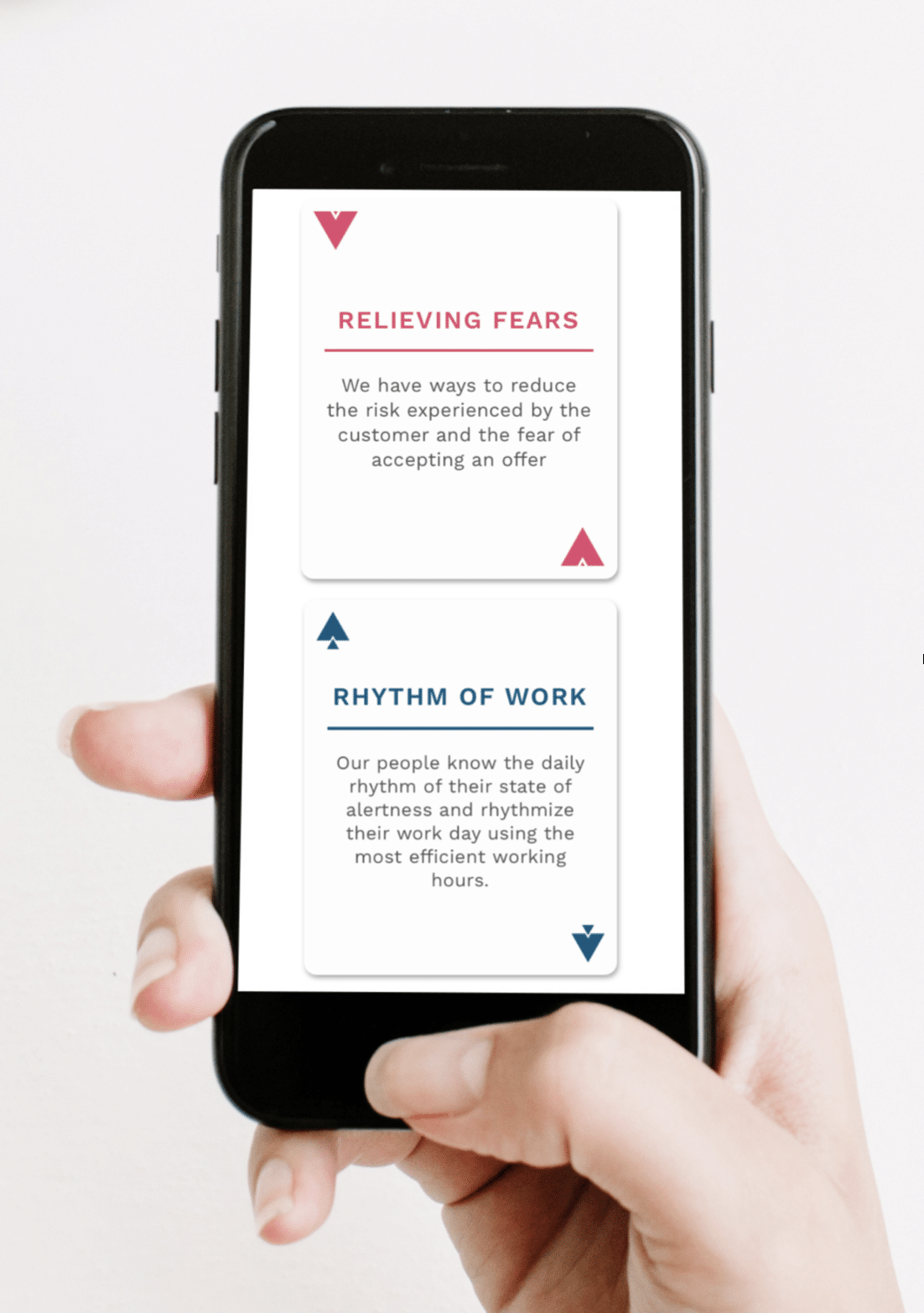
Topaasia let’s teams to think and discuss about focused topics and themes
How was Topaasia compared to expectations for a new method?
It exceeded all expectations I had. I have tricks up my sleeve as a facilitator to get engineers talking and make them feel relaxed and safe, but this really took that to a whole other level.
We did a readout with the sponsor of this and he was just grinning from ear to ear. He was so excited and pleased with what he was hearing and what he was going to be able to do and help him grow and get a better team. He was just grinning the whole time. So I know it exceeded his expectations also, for sure.
I can definitely see us using Topaasia again in different ways. That’s why I’m so excited about your new psychological safety – deck. I could totally play that. And this team would love it.
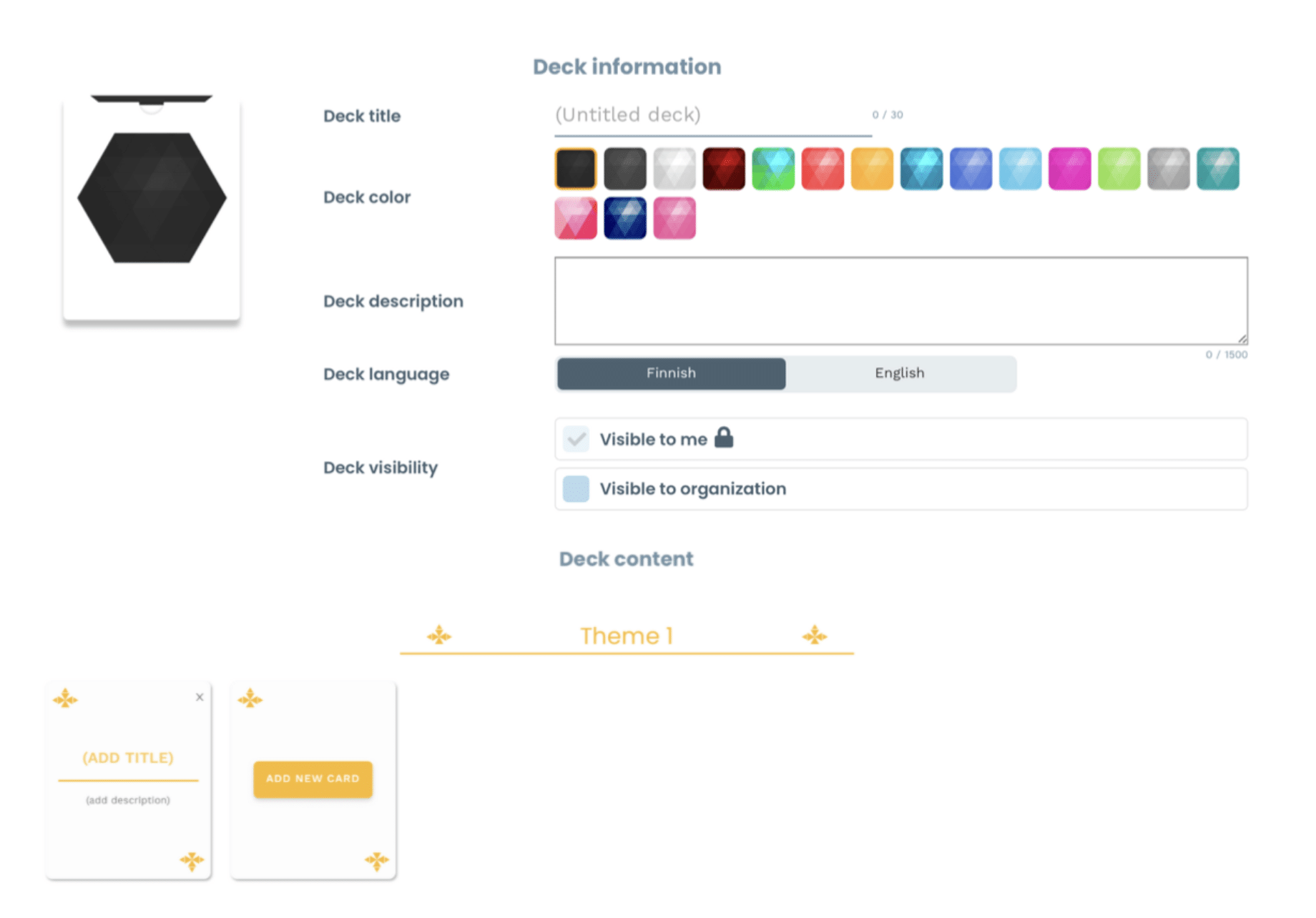
You can create your own game decks in Topaasia as Judith did or utilize ready-made expert content
How did it impact the facilitation?
It was so easy for the teams to get in. They were able to have the cards up and running within seconds. They understood the instructions, there was no what do I press, where do I go? It was very intuitive. Using this tool did not distract from the conversation and the facilitation of the conversation. It added the framework and the focus on the areas that we wanted to discuss.
Framework is important, because without that you end up with people coming with whatever mood is on their mind right now. If they had a bad drive to work, they are angry. If they are going on a vacation they are happy. So without a framework what is on their mind right now is what you get.
When you put a framework in front of them you have set up the environment and now you are digging into these topics. And so you are getting what they are thinking about these specific topics. Rather than just a free format, whatever is top of mind.
What kind of situations would you recommend Topaasia for? What should be taken into consideration?
I think it will be most successful when you have a clear purpose for a conversation. Whether it’s a hypothesis or discovery or something along those lines. So you want to find out, for example in the topic of psychological safety, Is there psychological safety? What is the level of psychological safety on this team and where do we need to focus to make it even safer?
You are looking for that topic that you are going to focus on and to improve things. In our case-study that was commitment. We now know that the teams want an overarching goal that is broken down by group, and that each group’s goal is going into the overall goal, even though they are separate products and separate teams and they are not doing the same work. They still want to know how it fits in that department. We can answer the question that they were asking based on all of the feedback that we got.
Topaasia works well when you are going to use the information you get, and I think that is always the key to any kind of exercise that you run with a team: what is the outcome and how is it going to be used? What is going to happen with that? Otherwise, you just did an exercise and it was good fun for a couple of hours. But if they see that information being used and taken seriously they feel cared, respected and valued.
Would you recommend Topaasia and when do you think it brings in the most value?
Yes, absolutely.
I think it will bring the most value when there are difficult conversations that are not being held. When you want answers to questions or when there is a really important subject that is not being addressed and want a guided, meaningful conversation about a difficult topic.
